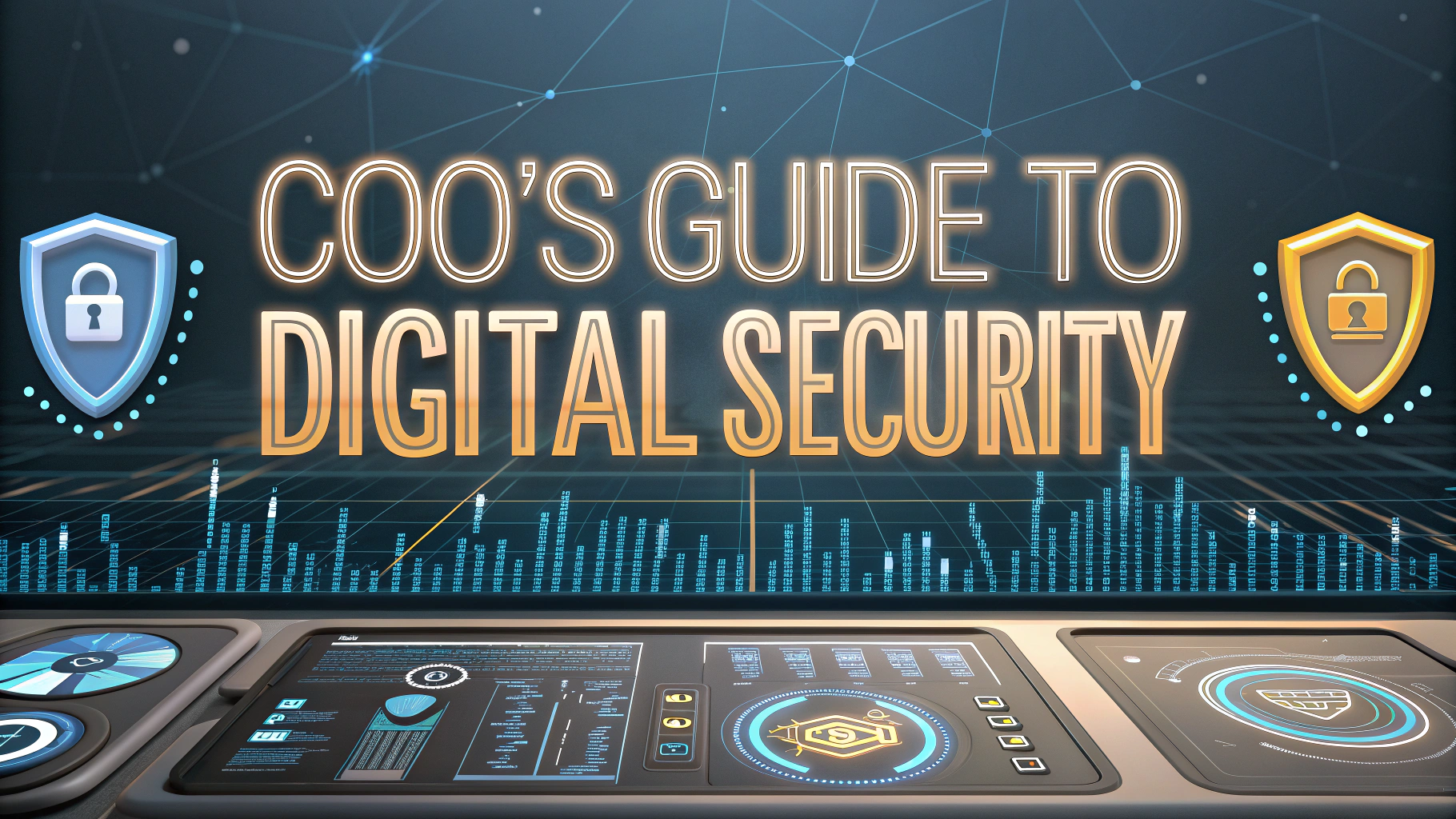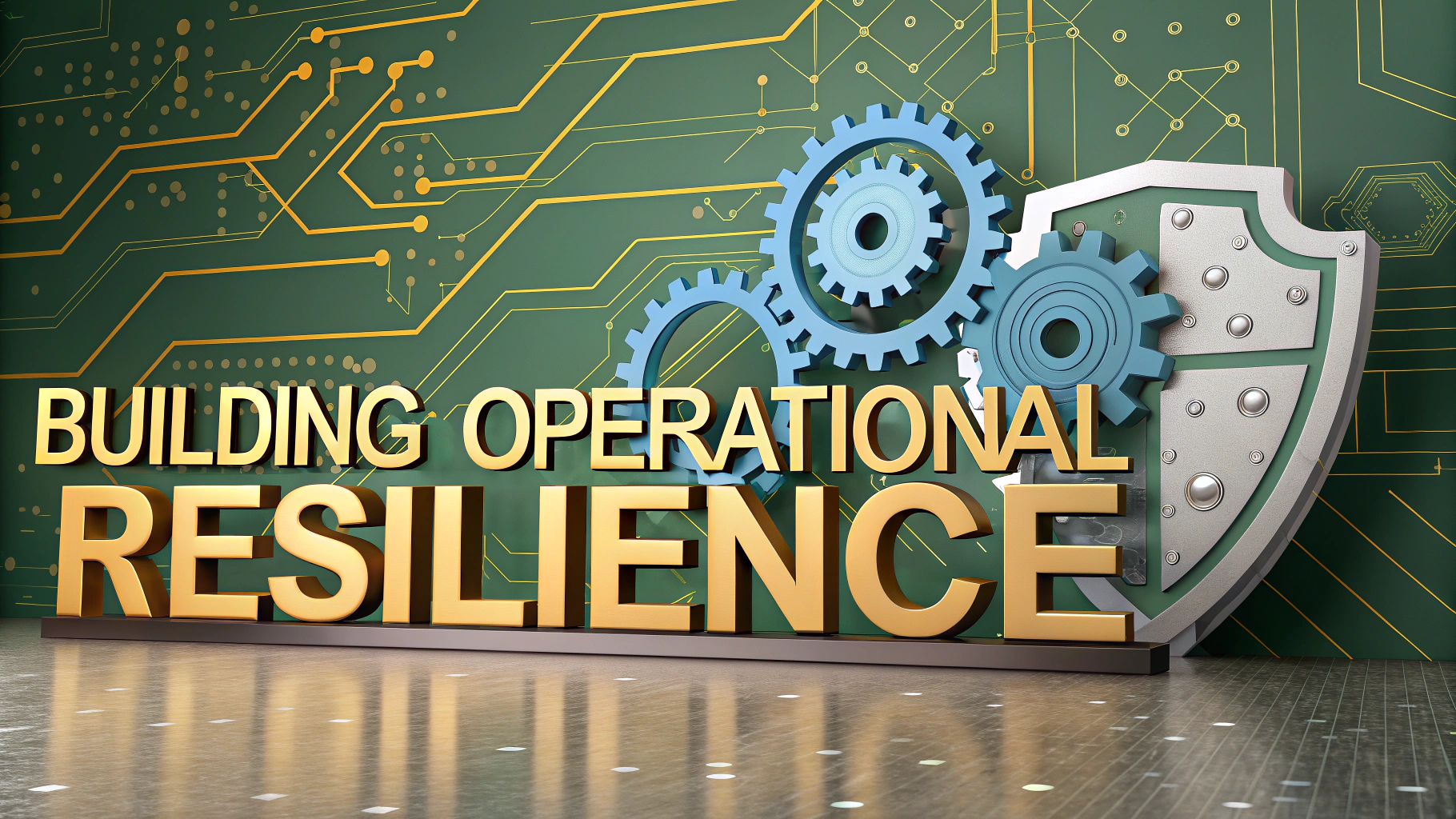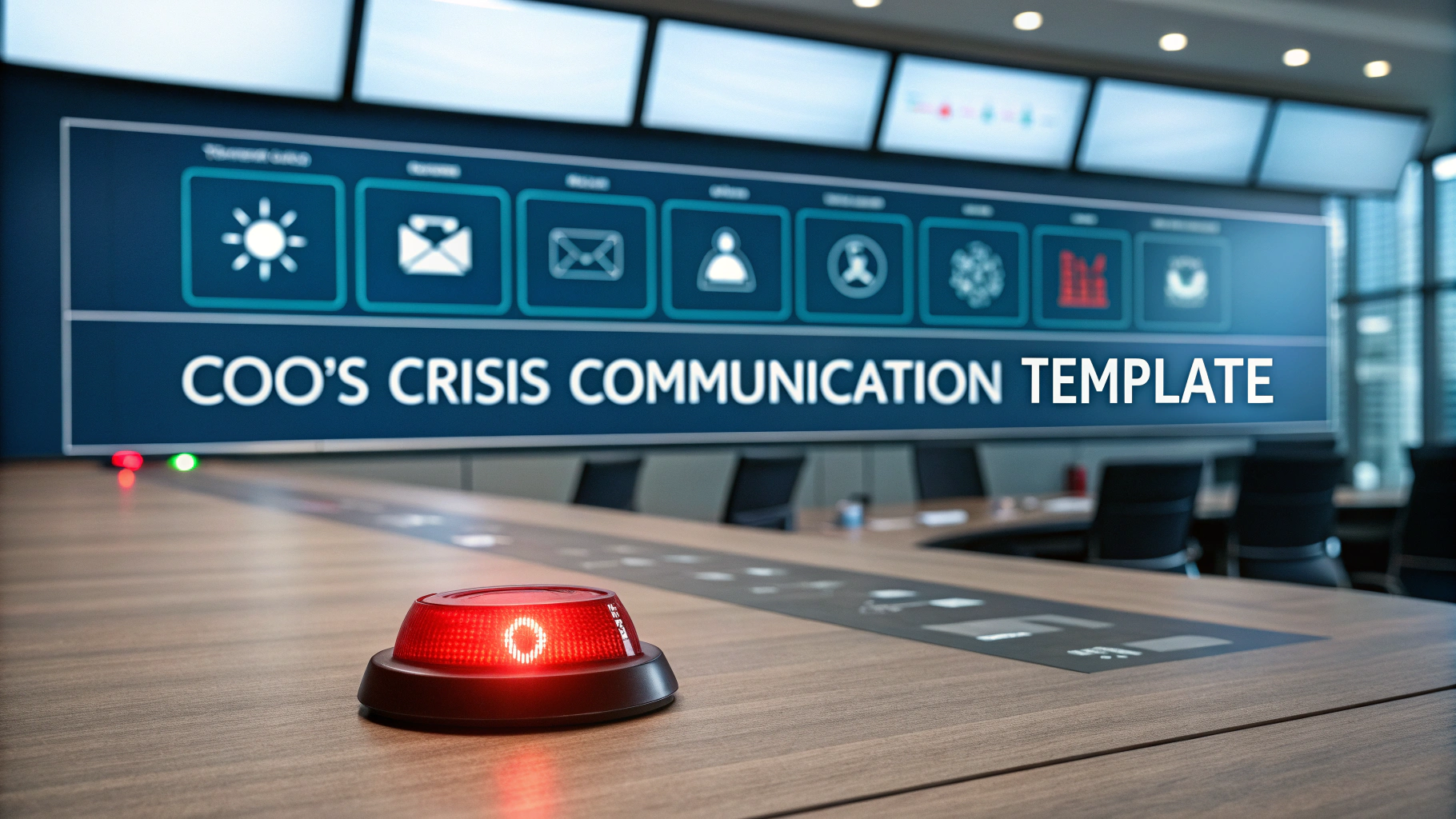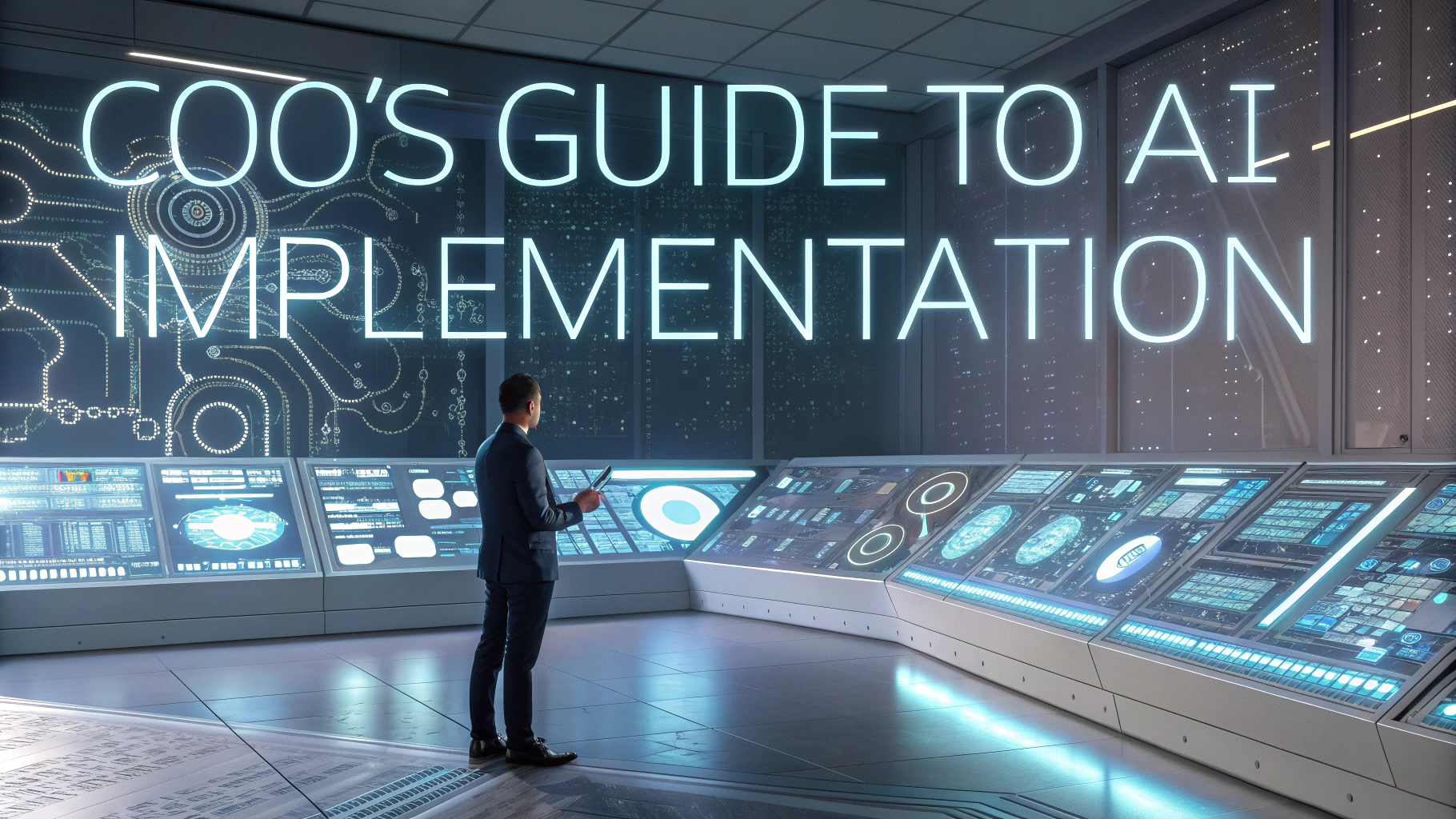A Chief Operating Officer needs to understand digital security beyond just the basics to effectively protect their organization from evolving cyber threats.
This guide covers essential digital security strategies, frameworks, and best practices specifically designed for COOs to implement robust security measures across their operations.
From risk assessment to incident response planning, these actionable insights will help COOs strengthen their organization’s security posture while maintaining operational efficiency.
Key Security Responsibilities for COOs
- Overseeing security policy development and implementation
- Allocating resources for security initiatives
- Establishing security metrics and KPIs
- Coordinating between IT, security, and business units
- Managing security-related vendor relationships
Risk Assessment Framework
Start with a comprehensive security audit to identify vulnerabilities across all operational areas.
- Asset inventory and classification
- Threat modeling and analysis
- Vulnerability assessment
- Risk prioritization matrix
Security Investment Strategy
| Priority | Investment Area | Expected Impact |
|---|---|---|
| High | Endpoint Protection | Immediate threat prevention |
| Medium | Employee Training | Long-term risk reduction |
| High | Incident Response | Business continuity |
Employee Security Training
Implement regular security awareness training programs for all staff members.
- Phishing simulation exercises
- Password management best practices
- Data handling procedures
- Social engineering awareness
- Mobile device security
Incident Response Planning
Develop and maintain an incident response plan that clearly outlines roles, responsibilities, and procedures.
Key Components:
- Detection and analysis procedures
- Containment strategies
- Evidence preservation methods
- Recovery procedures
- Post-incident analysis
Vendor Security Management
Create a vendor security assessment program to evaluate third-party risks.
- Security questionnaires
- Compliance requirements
- Service level agreements
- Regular security reviews
Security Metrics and Reporting
Track these essential security metrics:
- Mean time to detect (MTTD)
- Mean time to respond (MTTR)
- Security training completion rates
- Number of security incidents
- Patch management compliance
Next Steps for Enhanced Security
Contact your IT security team or a reputable security consultant to begin implementing these measures.
Schedule quarterly security reviews with department heads to assess progress and adjust strategies.
Consider joining security-focused organizations like ISACA (www.isaca.org) for additional resources and networking opportunities.
Continuous Security Monitoring
Establish a robust monitoring system to detect and respond to security threats in real-time.
- Network traffic analysis
- System log monitoring
- User behavior analytics
- Asset performance tracking
- Automated alert systems
Compliance and Regulatory Requirements
Ensure alignment with industry-specific security regulations and standards.
- GDPR compliance measures
- HIPAA requirements
- PCI DSS standards
- SOX compliance
- Industry-specific regulations
Business Continuity Integration
Align security measures with business continuity planning to ensure operational resilience.
Key Focus Areas:
- Disaster recovery procedures
- Backup and redundancy systems
- Emergency communication plans
- Critical system restoration
- Business impact analysis
Strengthening Your Security Leadership
Transform your organization’s security culture by implementing these comprehensive measures. Regular review and updates of security strategies ensure continued protection against emerging threats. Engage with board members and stakeholders to maintain support for security initiatives and demonstrate ROI through measurable improvements in security posture.
Remember that security is an ongoing journey rather than a destination. Stay informed about emerging threats and evolving security technologies to maintain a robust defense against cyber risks.
- Schedule monthly security briefings
- Update security policies annually
- Conduct regular penetration testing
- Maintain open communication channels
- Foster a security-first culture
FAQs
- What are the primary digital security responsibilities of a COO?
A COO is responsible for overseeing the implementation of security policies, ensuring compliance with data protection regulations, managing security budgets, coordinating between IT and other departments, and leading incident response planning. - How should a COO approach cybersecurity risk assessment?
COOs should implement regular security audits, maintain an updated threat inventory, evaluate third-party vendor risks, assess operational vulnerabilities, and establish risk scoring metrics to prioritize security investments. - What are the essential security certifications and compliance standards a COO should be aware of?
Key certifications and standards include ISO 27001, SOC 2, GDPR, CCPA, HIPAA (for healthcare), PCI DSS (for payment processing), and industry-specific regulations relevant to the organization’s sector. - How can a COO establish an effective incident response plan?
By creating a documented response protocol, assigning clear roles and responsibilities, establishing communication channels, conducting regular drills, maintaining relationships with cybersecurity firms, and ensuring business continuity planning. - What security measures should be implemented for remote workforce management?
Implementation of VPNs, multi-factor authentication, endpoint security, secure cloud access policies, regular security training for remote employees, and monitoring of remote access patterns. - How should a COO handle security budget allocation?
By prioritizing critical infrastructure protection, investing in security training, maintaining updated security systems, allocating resources for incident response, and balancing security needs with operational efficiency. - What role should a COO play in security awareness training?
COOs should champion security culture, ensure regular training programs, oversee phishing simulation exercises, mandate security certifications for key staff, and maintain ongoing security communication channels. - How can a COO ensure effective collaboration between security and other departments?
Through regular cross-departmental security meetings, clear security policies integration into business processes, defined security roles across departments, and established security KPIs for all teams. - What metrics should a COO track for security performance?
Key metrics include incident response times, security audit findings, employee training completion rates, system uptime, patch management effectiveness, and security budget ROI. - How should a COO approach vendor security management?
By implementing vendor security assessment protocols, regular security reviews, establishing security requirements in contracts, monitoring vendor access, and maintaining vendor incident response procedures.







